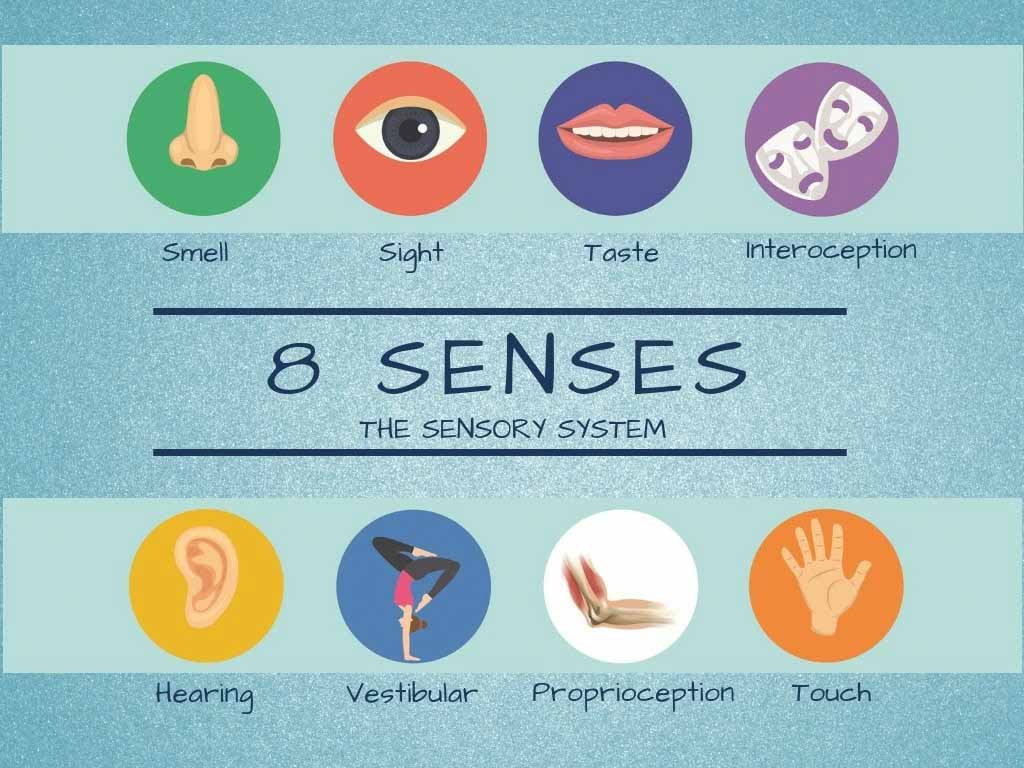Perception is the process by which our brain interprets and organizes sensory information from the environment.
Sensory processing refers to how the brain receives, filters, and interprets sensory information from the environment. Perception and sensory processing are closely related, as perception is dependent on the accurate processing of sensory information.
Sensory information is received through the five senses: sight, hearing, taste, touch, and smell. Each of these senses is responsible for gathering specific information about the environment, which is then sent to the brain for processing.

The brain combines this sensory information with our past experiences and knowledge to create a perception of the world around us.
Perception involves both bottom-up and top-down processing. Bottom-up processing refers to the processing of sensory information that occurs at the level of the sensory receptors. For example, when we look at a picture, our eyes detect the patterns of light and dark on the page.
Top-down processing, on the other hand, refers to the influence of our knowledge, expectations, and past experiences on the interpretation of sensory information. For example, when we look at a picture of an object, our brain may use our experience with similar objects to interpret the image.
The context in which sensory information is received also influences sensory processing. For example, individuals may interpret the same sound differently depending on the environment in which they hear it.
If individuals hear the sound in a quiet room, they may perceive it as loud and startling. If individuals hear the same sound in a noisy environment, they may perceive it as normal or even quiet.
Several factors, including age, health, and sensory input, can affect sensory processing. As we age, sensory receptors can become less sensitive, altering our perception of sensory information.
Health conditions such as dementia or brain injuries can also affect sensory processing, leading to changes in perception.
Sensory overload or deprivation can also affect sensory processing. Sensory overload occurs when there is too much sensory information for the brain to process effectively. This can lead to feelings of stress, anxiety, or confusion.
On the other hand, sensory deprivation occurs when individuals do not receive enough sensory input. This can lead to feelings of boredom, apathy, or depression.
Individual differences in sensory processing sensitivity (SPS) can also influence perception and sensory processing. SPS refers to an individual’s sensory sensitivity, influencing their perception and processing of sensory information.
Sensory input easily overwhelms high SPS individuals, while low SPS individuals need more sensory input for stimulation.
Understanding perception and sensory processing is important for some reasons. For example, it can help us to understand how individuals with sensory processing disorders experience the world around them.
Sensory processing disorders (e.g., autism or SPD) can affect how individuals perceive and process sensory information, causing daily life difficulties.
Understanding perception and sensory processing can also be useful in many fields, including design, marketing, and education.
In design, understanding sensory perception helps create user-friendly and appealing products. The marketing, understanding how individuals perceive and process sensory information can help marketers to create more effective advertising campaigns.
In education, understanding sensory perception helps teachers create engaging and effective learning environments.
Conclusion
Perception and sensory processing are complex processes that involve the interpretation of sensory information from the environment.
Understanding how individuals perceive and process sensory information has important implications for health, design, marketing, and education. 카지노사이트
Be First to Comment